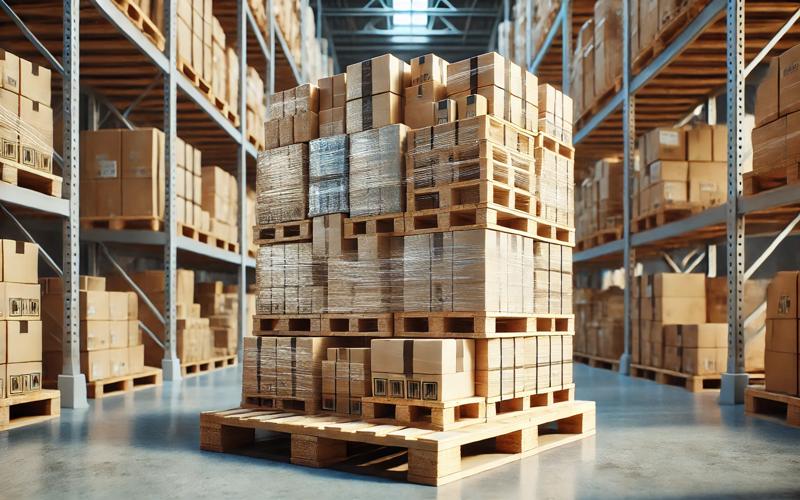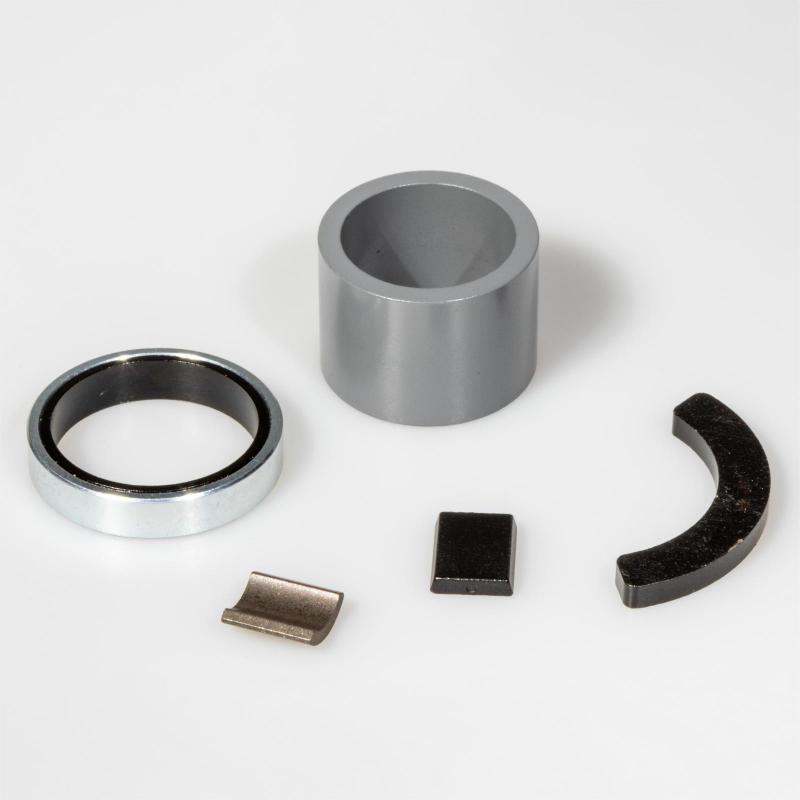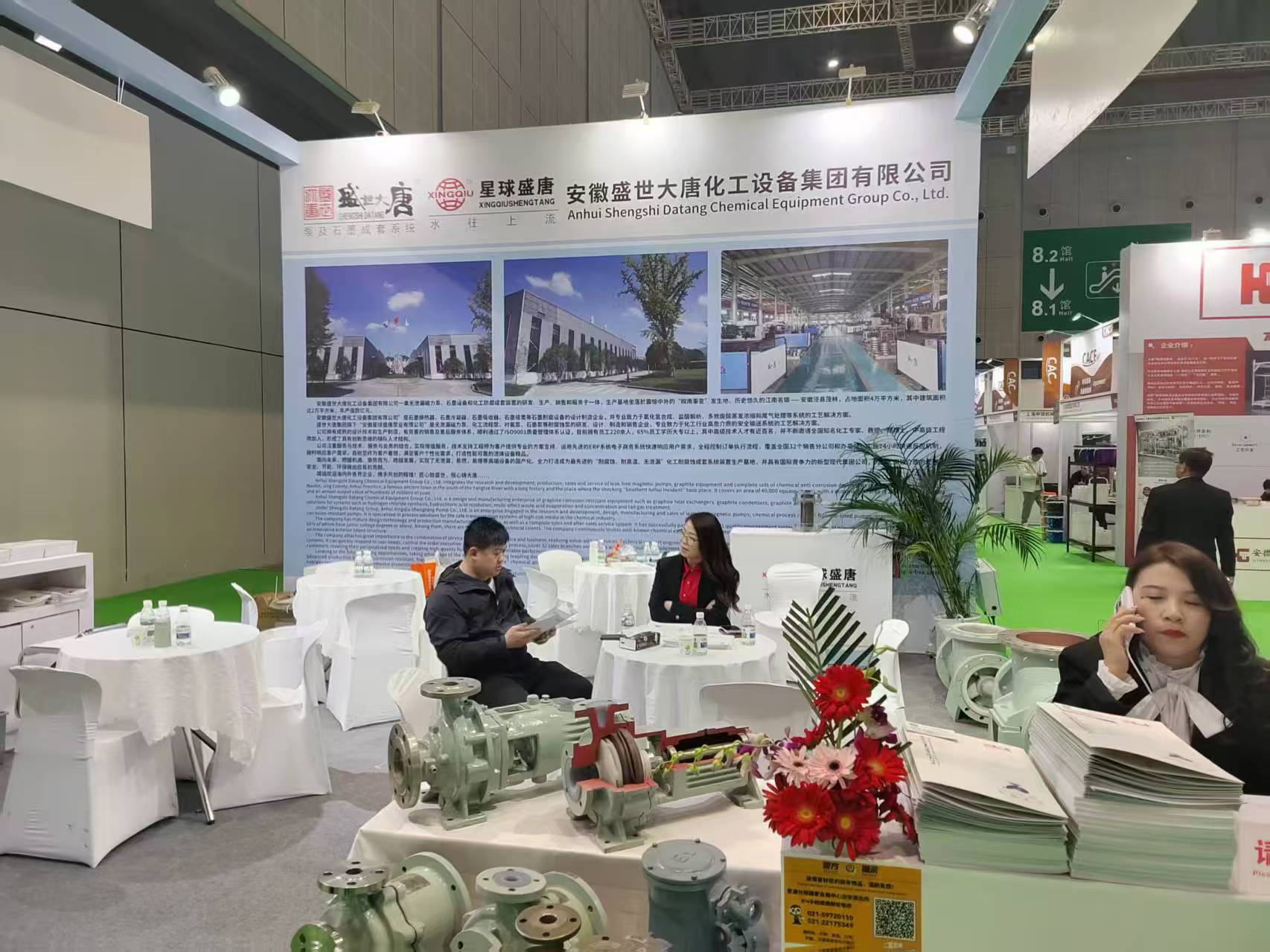📈 Turnaround to Profit and Surge in Net Profit! 📈
Taigang Stainless, Yongjin Shares, and Yongxing Material Release 2024 Semi-annual Performance Forecast
Taigang Stainless: 🔍 Expected First Half Net Profit of 1.05 to 1.5 Billion Yuan, Turning Losses into Profits.
Taigang Stainless has released its 2024 semi-annual performance forecast, with the net profit attributable to the shareholders of the listed company projected to be between 1.05 and 1.50 billion yuan, reversing from a loss of 4.9549 billion yuan in the same period last year. The net profit after deducting non-recurring gains and losses is expected to be a loss of 525.3 to 975.3 million yuan, an improvement from a loss of 6.7088 billion yuan in the same period of the previous year. Basic earnings per share are expected to be profitable at 0.018 to 0.026 yuan per share.
The reasons for the performance change include: the company's comprehensive implementation and continuous deepening of "accounting management," focusing on QCDVS (Quality, Cost, Delivery, Variety, and Service) to promote product management, cultivate core profit-making varieties, and enhance customer service capabilities; adhering to comprehensive benchmarking to find gaps, improving efficiency and reducing costs in all aspects, and improving product profitability; maintaining the concept of "living on a tight budget," implementing the concept that "all costs can be reduced" in actions, and increasing cost reduction efforts; while strengthening intensive production and production line collaboration, the company's overall profitability has significantly improved.
Yongjin Shares: 📊 Net Profit for the First Half Expected to Increase by 87.34% to 110.76%.
Yongjin Shares has announced a preliminary estimate of a 2024 semi-annual performance increase, with the net profit attributable to the parent company expected to be between 4 and 4.5 billion yuan, a year-on-year increase of 87.34% to 110.76%. The net profit after deducting non-recurring gains and losses is expected to be between 2.8 and 3.25 billion yuan, a year-on-year increase of 41.41% to 64.14%.
The main reasons for the expected increase in performance are: 1. The newly added production capacity from the "Annual Processing of 350,000 Tons of Wide Precision Stainless Steel Plate and Strip Technology Transformation Project" of Guangdong Yongjin and the "Annual Processing of 195,000 Tons of Ultra-thin Precision Stainless Steel Plate and Strip Project" of Zhejiang Yongjin, which started production in the second half of last year; 2. The further improvement of the capacity utilization rate of Vietnam Yongjin. The impact of non-operational gains and losses mainly includes: the net income from the relocation compensation of the A area of the Zhejiang headquarters confirmed in this period is 1,089 million yuan.
Yongxing Material: 📉 Net Profit for 2024 is Expected to Decrease by 56.93% to 62.70%.
On July 10th, Yongxing Special Material Technology Co., Ltd. released its 2024 semi-annual performance forecast, with the net profit attributable to the shareholders of the listed company expected to be between 7.1 and 8.2 billion yuan, a year-on-year decrease of 56.93% to 62.70%; the net profit after deducting non-recurring gains and losses is expected to be between 5.4 and 6.5 billion yuan, a year-on-year decrease of 65.96% to 71.72%. Basic earnings per share are expected to be 1.32 to 1.53 yuan per share. In the first half of the year, the company's special steel new material business increased market development efforts, continued to promote the adjustment and optimization of the product structure, and steadily improved profitability. However, the price of lithium carbonate in the company's lithium battery new energy business has significantly decreased compared to the same period last year, which has affected the year-on-year decrease in net profit attributable to the shareholders of the listed company.








